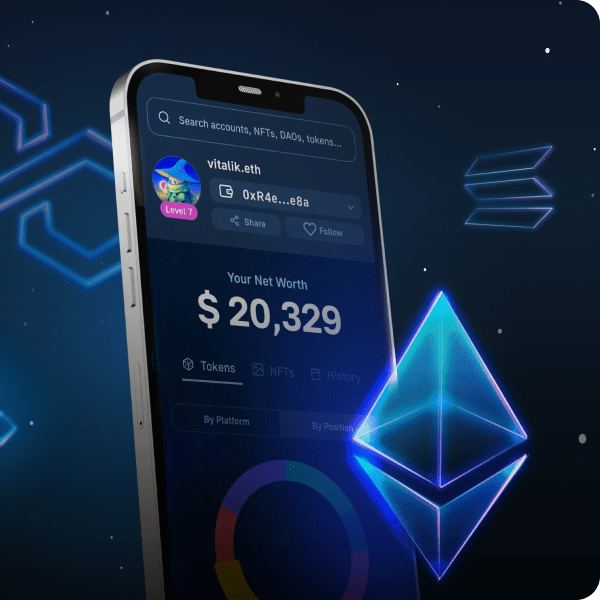Ethereum is the most prominent blockchain for Web3 development and home to a large number of well-known dApps (decentralized applications). As such, the Ethereum ecosystem is an attractive environment for developers to build dApps within. Moreover, we’ve already written about some of the valuable tools that make building with Ethereum a lot more accessible. For example, returning readers will know that Moralis is the best option to connect to Ethereum nodes, as well as build ETH dApps in general. However, in this article, we look into the practical specifics of Ethereum development. After reading this article, you will learn how to create Ethereum dApps with Moralis just with some basic Web3 JavaScript knowledge.
Traditionally speaking, the most significant barrier to building Web3 apps and dApps is backend development. Specifically, manually setting up your own backend is a time-consuming and resource-intensive process. This is where Moralis comes in, and provides a plug-and-play backend infrastructure.
Moralis is the premier middleware for cross-chain Web3 development and provides users with infinitely scalable backend infrastructure. This means that you can focus all your attention when creating Ethereum dApps on building a great frontend, and smart contract functionality.
Furthermore, Moralis provides all users with a set of great tools that can enable you to develop applications within a considerably shorter timeframe. Just one of these tools is Moralis’ Speedy Nodes, which give users access to some of the best and fastest nodes on the market.
So, if you want to know how to create Ethereum dApps with Moralis, then continue reading this article for a full breakdown. Also, feel free to sign up with Moralis, as it gives you access to all the platform’s tools!
What is Ethereum?
Let us first begin with a brief overview of Ethereum, and why you might want to create Ethereum dApps. Ethereum is the number one blockchain for Web3 development, and there are thousands of dApps within the ecosystem powered by the network. Furthermore, Ethereum is the second-largest blockchain, just behind Bitcoin, making this platform well-established on the market.
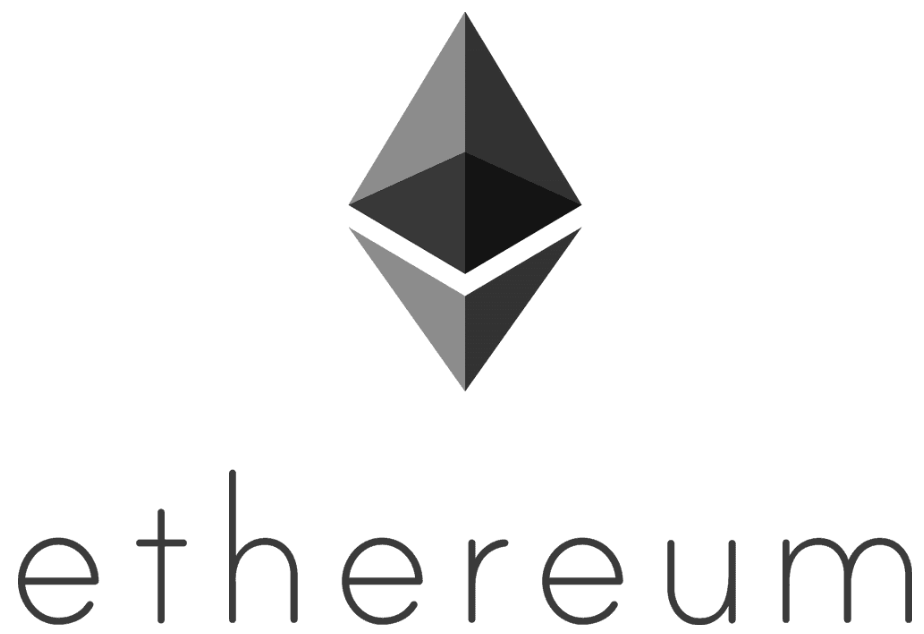
At its core, Ethereum utilizes a proof-of-work (PoW) consensus mechanism. Essentially, this means whoever first finds a correct hash, through trial and error, gets the right to validate a block. As such, Ethereum blockchain validators essentially compete against each other for the rights to validate the blocks.
However, it has lately become clear that the PoW consensus mechanism comes with some limitations. Specifically, it has become increasingly hard to validate blocks, making the Ethereum network congested. This, in turn, raises Ethereum gas fees and creates long transaction times. To battle this problem, the Ethereum network is looking to shift from a PoW mechanism to a proof-of-stake (PoS) consensus mechanism. However, this change will only take place with the launch of Ethereum 2.0. Nevertheless, even without the launch of Ethereum 2.0, Ethereum remains a hugely popular alternative for blockchain development.
Ethereum Benefits
So, why are Ethereum dApps so popular, and what are some sectors where their advantages shine through? Fundamentally. blockchain technology solves many of the issues with Web2 apps, and Ethereum is a prime part of this solution. Here are some of the areas where decentralized Ethereum applications can improve the status quo:
- Banking – A large amount of the world’s population still remains unbanked to this day. The reason for this is that the current financial infrastructure is lacking. As this is the case, hundreds of millions of people lack access to fundamental financial instruments. This makes it hard for them to manage their personal finances, and nigh impossible to grow their wealth. However, Ethereum-based dApps can provide more banking opportunities to more people with the advent of the Ethereum DeFi (decentralized finance) ecosystem.
- Censorship – One of the primary purposes of the decentralized web is to eliminate the problems of centralization. One of these problems, among other things, is censorship. As the Ethereum ecosystem is decentralized, no single entity controls and can single-handedly decide what occurs on the chain.
- Privacy – Another current issue of Web2 is that of privacy. Uses have next to no control over their data, which has become a huge problem. However, this is no longer the case with Ethereum since control over data is given back to the users.
- Intermediaries – Lastly, the whole concept of decentralization is aiming to eliminate the need for unnecessary intermediaries. One of the leading industries here is finance since banks and other institutions can be replaced with smart contracts.
However, there is a lot more to learn about Ethereum, and if you are interested, we recommend visiting the official website. Here you’ll find more information about the blockchain and the existing ecosystem of dApps.
How does Ethereum Ethereum dApps work?
Much like other dApps, Ethereum dApps consists of three main elements: a frontend, smart contracts, and a backend. These are all essential parts of an application that need to work to ensure that the dApp is functioning as it should. But what exactly are all these parts and what do they do for the dApp itself?
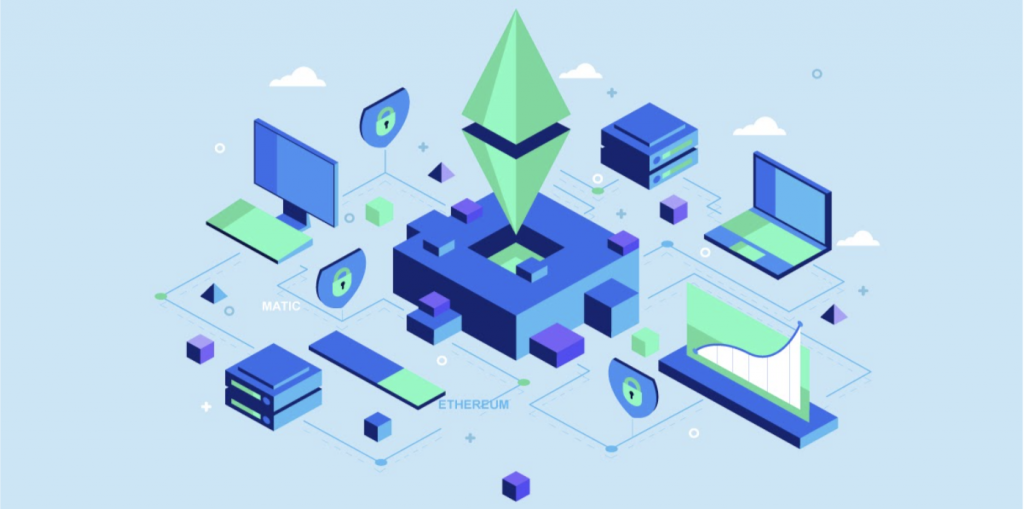
So, the first thing that we need to look closer at is the fact that dApps are decentralized. They can be decentralized since the code runs on the Ethereum chain. Furthermore, decentralization is also a product of the smart contracts within the dApps since they control all the logic making it possible to avoid centralization. However, we will take a closer look at smart contracts later.
The frontend of the applications does not differ too much from regular Web2 applications. However, there are some differences when it comes to the development of dApps, one of which is Web3.js. Knowledge of this library is good when developing dApps. But apart from that, the UI of the applications remains similar to regular apps, and knowledge of, for example, JavaScript is advantageous for development.
Smart Contracts and Solidity
Another essential element in how dApps function is smart contracts. In essence, a smart contract is a program that runs on a blockchain. All Ethereum smart contracts consist of two different parts, their functions and their state. Its function is a set of code; meanwhile, the state is the data of the contract. The data of the contract is stored in a specific Ethereum address on the chain.
The contracts are also special accounts as they have the ability to hold ETH. As a result, the contracts can hold funds and send currency to other users of the chain. However, these accounts are not controlled by any person, but rather automatically run as they have been programmed to do. So, this means that users of the Ethereum chain can interact with the contacts by submitting funds, and then the contract will do something in return. As such, the contracts can set rules and then enforce them through the code. This is why some refer to smart contracts as “programmable money”.
To write these contracts, you’ll want a good understanding of the Solidity programming language. Solidity is one of the most well-used languages when it comes to smart contract programming. So, what is Solidity?
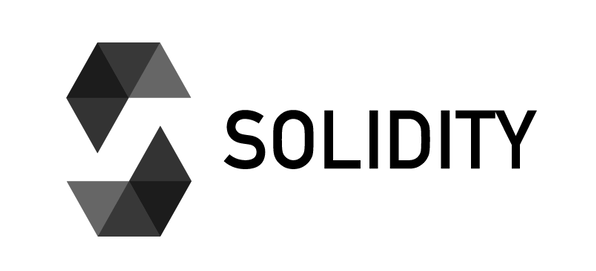
Solidity is an object-oriented language that specifies in smart contract programming. It is most similar to C++, and this is where most of the influence comes from. Furthermore, the language supports things like inheritance, libraries, and complex user-defined types.
However, if you want to learn more about this language, we recommend the following article, which is a full breakdown of Solidity. So, we briefly covered the frontend and smart contract development of Ethereum dApps; now, only the backend remains. This is where Moralis comes into the picture, but let’s first understand what Moralis is?
What is Moralis?
Moralis is the ultimate platform for dApp development, and it provides its users with everything needed to build and deploy dApps. This means that it is possible to construct serverless dApps quickly and efficiently by becoming a platform user.
Furthermore, Moralis takes care of some of the main issues relating to Web3 development. Specifically, you can eliminate the hassle of backend development, as Moralis provides users with infinitely scalable, fully managed backend infrastructure. However, this is just one of Moralis’ many services, and there is much more to the platform.

For example, Moralis offers something called Speedy Nodes. This makes Moralis a blockchain node provider that offers some of the fastest and most reliable nodes on the market. The platform offers nodes for several different networks, one of which is Ethereum. This means that platform users can use these nodes in their development process, which is highly beneficial. Furthermore, Moralis also offers full archive nodes for all these networks. This is excellent when developing dApps that require historical information from a chain.
Furthermore, Moralis also offers native support for IPFS, MetaMask, cross-chain compatibility, the Moralis NFT API, and much more. As this is the case, it is, for example, easy to integrate IPFS into your dApps so that you store files using the InterPlanetary File System.
However, this just scratches the surface of Moralis, and there is much more to learn. If you found this interesting, we recommend signing up with Moralis today. Creating an account is free, and you can begin your development journey straight away!
How to Create Ethereum dApps with Moralis
Now that we know what both Ethereum dApps and Moralis are, we can take a closer look at the cross-section of them; how to create Ethereum dApps with Moralis. As developing dApps with Moralis is so quick, creating Ethereum dApps with Moralis saves you time and resources.
The process of creating dApps with Moralis is as easy as it gets. Setting up your first dApp can be done in just three simple steps, and then you can start developing right away. The first step is to set up a server, the second step is to install the Moralis SDK (Software Development Kit), and lastly, we need to initialize Moralis. Once we are done with these steps, we are well on our way to creating our first dApp.
Setup Process – How to Create Ethereum dApps
- The first thing that we need to do is to set up a server with Moralis. This is easy, and it only takes a few moments. To begin the journey of creating our first dApp, we need to hit the ”+Create a new App” button at the top right of our Moralis interface.
When pressed, we need to choose what kind of server we want to create. However, if either alternative is picked, we will be provided with a window where we need to make some more choices. We need to provide a name, a region, and what networks we want to connect to. When it comes to the networks, Moralis supports cross-chain compatibility, this means that we can choose more than one alternative. However, as we create an Ethereum dApp, we should include the ETH Network in our selection.
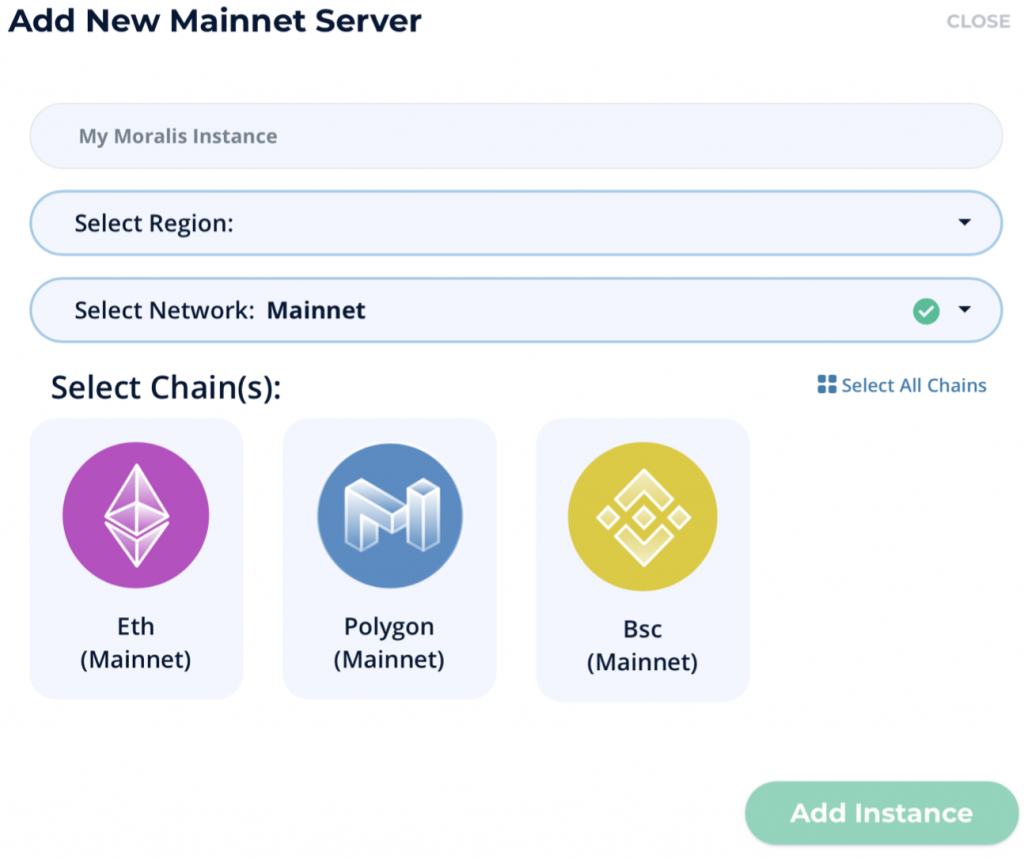 Once we have made our choices, we can hit the ”Add Instance” button to finalize the process. It may take a few moments for the server to initiate, but no need to worry; it will be up and running shortly.
Once we have made our choices, we can hit the ”Add Instance” button to finalize the process. It may take a few moments for the server to initiate, but no need to worry; it will be up and running shortly. - After we have initiated the server, we must also install the Moralis SDK. We can install the kit in several ways, but one is through NPM. This would look something like this:

- And finally, we need to initialize Moralis to be able to use it in our code. We must therefore acquire the App ID and Server URL for our server in question. This can be found by clicking the ”View Details” of our server. Then we need to use the information in the following way:

Furthermore, if you want a full breakdown of the setup process, we recommend visiting the official documentation and following Moralis’ quickstart guide.
Inspiration – Existing Top Ethereum dApps
The Ethereum ecosystem is already a hotbed of activity, and there are thousands of dApps available to explore. However, as there is a vast selection, we will narrow down the field and look at some of the most top Ethereum dApps that already exist. As such, you’ll hopefully get some inspiration for building the next generation of top Ethereum dApps with Moralis!

- Uniswap – Uniswap is the first application that we are going to mention. Uniswap is a DEX, or decentralized exchange, where users can swap tokens and currencies. However, instead of having an order book, Uniswap uses a liquidity pool.
- Compound – Compound is a money market protocol on the Ethereum blockchain that allows people to lend and borrow money for collateral. Furthermore, it is also possible to earn money from Compound in the form of interest if someone supplies funds that others can borrow.
- CryptoKitties – This application differs somewhat from the others in that CryptoKitties is a game. This game allows users to buy and breed virtual kitties on the Ethereum blockchain. This game gained a lot of attention and is one of the first blockchain-based games.
- InstaDApp – InstaDApp is a smart wallet that is built on top of other dApps such as Compound and Maker. As such, InstaDApp is used for managing assets and was created with the intent of enabling people with less technical skills to enter the crypto domain.
- Maker – Maker is a decentralized credit platform on the Ethereum network. Anyone can lock in collateral and earn DAI as a debt against their collateral.
However, these are just some examples of popular and well-established dApps on the Ethereum chain. But hopefully, these can provide you with some inspiration for your first dApp. Maybe you will be part of creating the top Ethereum dApps of tomorrow using Moralis!
How to Create Ethereum dApps – Summary
The demand for Web3 applications is at an all-time high, meaning developers need quicker ways to create great dApps. It is in streamlining dApp and Web3 development that Moralis comes in. Moralis provides users with an infinitely scalable, fully managed backend infrastructure. This means that development times can be cut down massively. The reason for this is that developers do not need to worry about backend development.
As this is the case, we can now create Ethereum dApps at a fraction of the time, as developers can focus on creating excellent UI for their dApps. To create your first dApp with Moralis, all you need is to spin up a server, install the Moralis SDK, and initialize Moralis. These three steps will enable you to create an Ethereum dApp in just minutes.
Furthermore, Moralis also provides a significant number of other services, such as the Speedy Nodes that now support WebSockets. Along with this, it is also possible to develop further with Moralis and, for example, use wallet integration like with MetaMask to authenticate users of your dApp.
So, suppose you want to become a dApp developer and be part of the community developing the next generation of Ethereum dApps. In that case, we recommend signing up with Moralis today! It only takes a few minutes, and you will get immediate access to all the services and tools provided by the platform.
